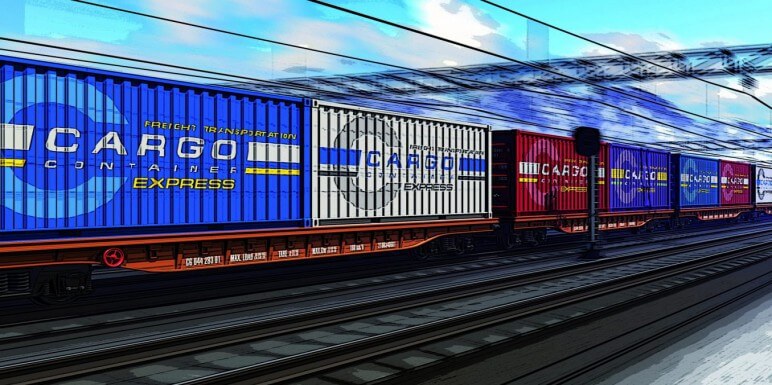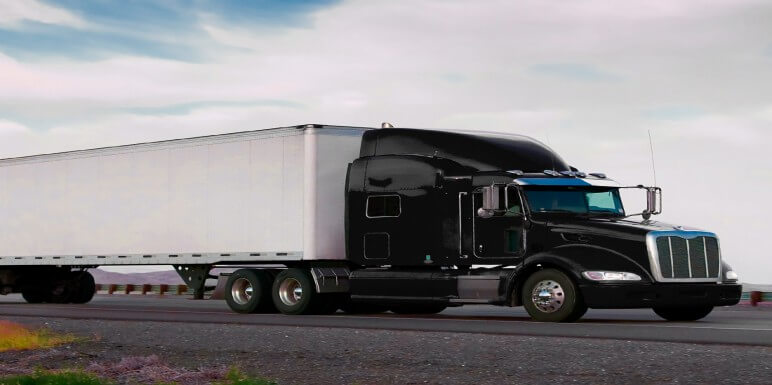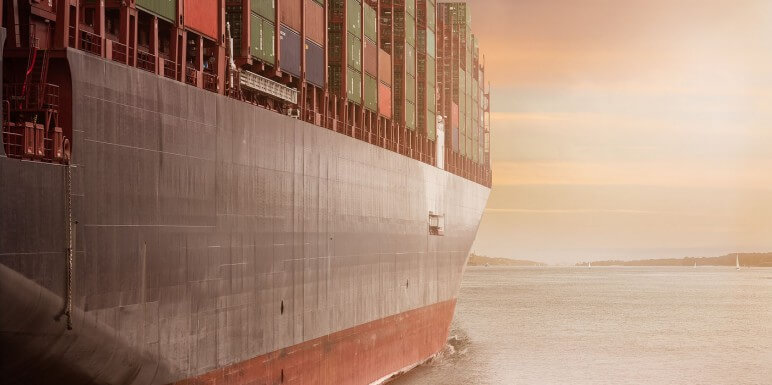
- 14, June 2018
- 552 Views
- 0 Comments
- Cargo, Logistic
Railways simply explained: Multimodality
People are multimodal when they use various means of transport. We combine different modes of transport in our everyday life, e.g. by train to work, by bicycle to the bakery, and use the car for our weekend excursion into the countryside. It is no different in the field of freight transport. If a freight transport takes place within a time window with two or more different modes of transport, we speak of multimodal transport, which occurs particularly in the area of unaccompanied combined transport, i.e. the transport of containers, swap bodies and cranable semi-trailers. A special form of this is intermodal transport. Several means of transport are used consecutively within a transport chain. Transport operations are thus combined and unite the advantages of rail, road, water and air in a single transport chain. But that depends on the decisive mix.
The optimal choice of transport mode is crucial
As a rail logistics expert, we implement high-frequency long-distance connections for heavy goods and efficiently combine the optimum mode of transport in each case to form a homogeneous transport chain – and all this with a system. The combination of rail reliability and capacity, the flexibility of the HGV, the intercontinental capability of the ship and the speed of the aircraft results in a tailor-made intermodal transport service. The optimal combination of different modes of transport and the resulting synergies, including our many years of experience, make us experts in the field of rail transport. Our extensive international network enables us to adapt transports to regional conditions in the best possible way and to optimally integrate the environmentally friendly railways into the overall logistics chain.
Recent Posts
Tags
Our Address
- Leuvehaven 80, 3011 EA Rotterdam, Netherlands
-
+1 (276) 262-0572
+1 (276) 262-0572 - [email protected]
- 24 X 7














